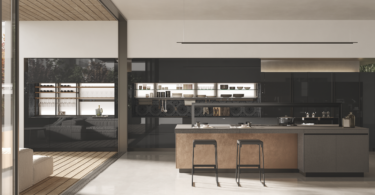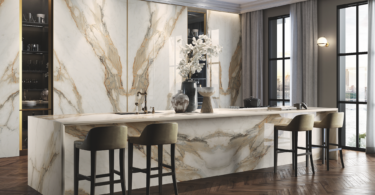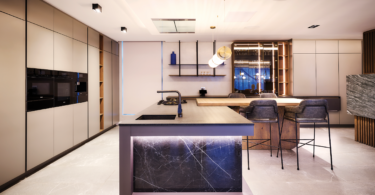By Rami Moorosi
It is this evolution of the culinary space that has contributed to growing the popularity of the concept of the “breakfast nook”. This trend has also been attributed to the increasing amount of smaller homes due to complex, townhouse and apartment living, where space is limited.
Kitchen nooks however, are not just limited to small spaces – in larger homes they serve as convenient features where one can entertain guests whilst preparing food, or to have an informal, quick meal.
In terms of choosing a style for your kitchen nook, experts from River Woods Manufacturing explain: “The aesthetic of a nook is relative to the style of the kitchen.’ Various seating heights can be used, with the most practical being the table and counter height. You can also choose a higher nook at bar counter height. Consider the kitchen size and shape when designing your kitchen nook. The aim should be maximum practical use of the space without completely invading the rest of the kitchen.
Designs for nooks in the kitchen include:
• Extending the countertop to provide sitting space.
• The back of an island.
• A split level section of a counter or an island.
• An overhanging seating section where the kitchen countertop continues over the cupboard, creating an overhang to sit below. The top can also follow the contour of the cupboards, going around a corner to create “L”-shaped seating instead of just a straight line of seating.
• Freestanding with the table made to look like pieces of furniture that are incorporated as part of an island or another section of the kitchen cupboards.
As contemporary life promotes informal dining, with formal dining commonly reserved for special occasions, the functionality of a nook is priceless and serves many purposes for the living space.














